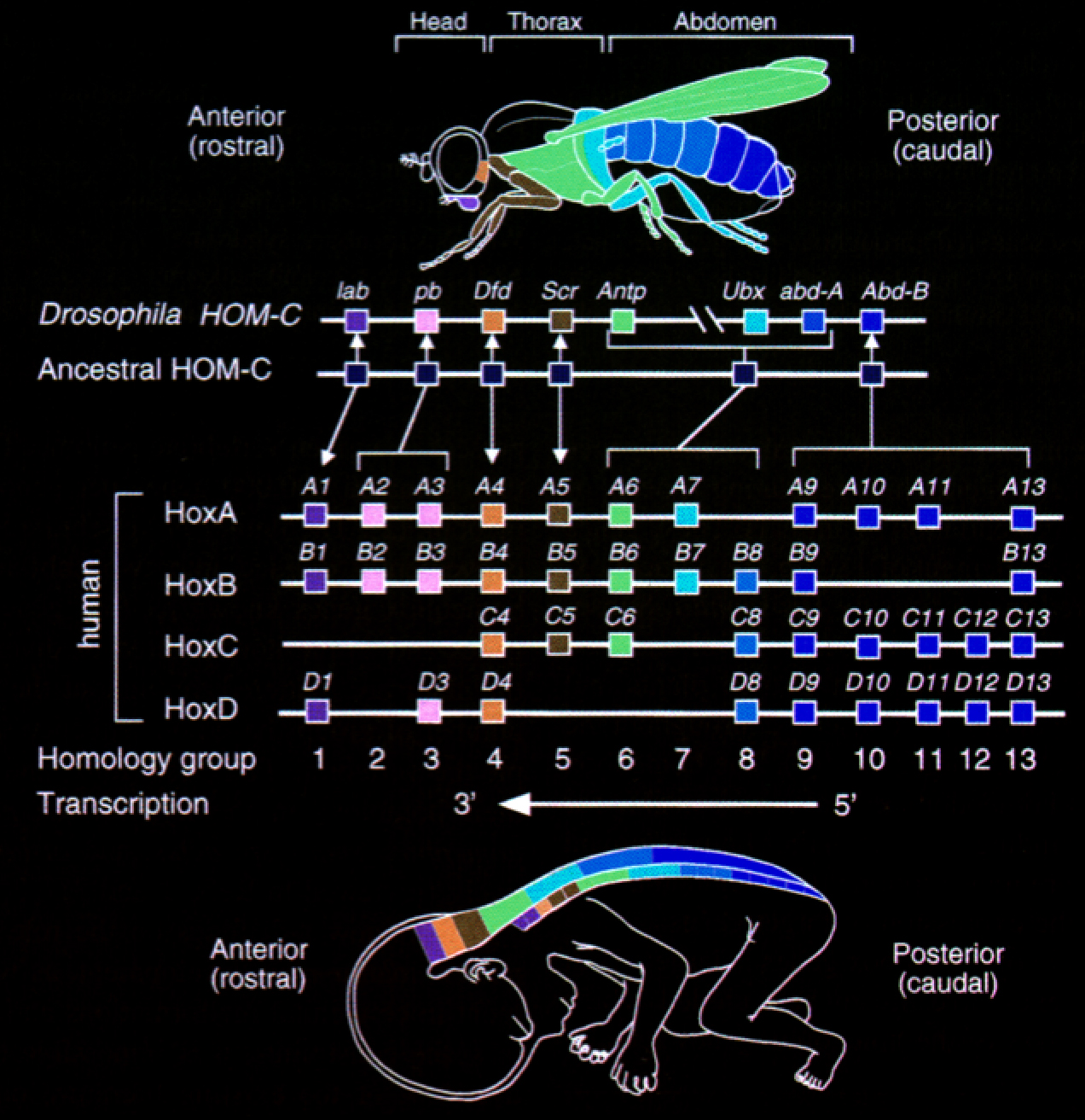Everyone of us started life from one single cell formed by the fusion of an egg and a sperm. That single cell gave rise to every structure in our bodies. How did that happen? Salamanders are known to be able to regenerate limbs while frogs and lizards cannot. How and why?
The time lapsed footage of salamander embryos developing from single fertilized eggs forms the basis of our morphological understanding of animal development. The footage recorded by Yale University researchers in the 1920s is far ahead of its time in terms of scientific visualization. Studies like this have been foundational for developmental biology and have lead to the stem cell technology that is flourishing in our time.
Since then we have accumulated a large body of knowledge that can be summarized under the phrase “Evo Devo” which is now a busy field of biological research that compares the developmental processes of different organisms to infer the ancestral relationships among them.
Evo Devo manifests itself in many ways. As shown in the PBS documentary Your Inner Fish the retention of embryonic gill arches is one of the many curious phenomena observed in a few people. Preaurucular pit is the scientific term for an ancestral structure that reflects our biological ties with all vertebrates living on earth including salamanders.
There’s more to that. Homeobox genes that control embryo formation are remarkably conserved in all animals. A homebox gene called ALX1 shapes the beak in birds as has been shown in Darwin’s finches in Galapagos. Homebox genes in fruitfly and Human show synteny ie. arranged in the same order along their respective chromosomes. Since the Cambrian explosion duplications in Homebox genes played an immensely critical role in evolution of body plans across animal kingdom.
Primary observations by Karl Ernst von Baer (1792-1876) have revealed a remarkable set of similarities among animal embryos. In related species the body shapes of the embryos converge midway through development and diverges thereafter. This resemblance-divergence dynamics is known as the developmental hourglass.
The hourglass model was later worked by famous embryologist Ernst Haeckel. Research suggest that genes expressed during the high-resemblance phase forming the narrow convergent part of the hourglass model are both evolutionarily older and more conserved across the genus than those expressed at other stages.
We still have a lot to discover. For instance, an abundant type of Human genomic parasites known as retroviruses have invaded our DNA more than 100 million years ago. Some of these retrovirus must have started their invasion more than 450 million years ago since they are also found in marine fishes like cod and tuna. Proteins encoded in these parasitic virus DNA have functional roles in Human fetal development. These viral envelope proteins called syncytins fuse placental cells together and even help gain muscle mass in males.
Epigenetics is one of the expanding fields in genetics. Epigenetics of embryo development is affected by environmental factors as we learned from the historical Dutch Famine experience. For a small fraction of genes in mammals it is extremely important that one copy of the gene inherited from parents is silenced. This is known as genomic imprinting and there are about 50 such genes in Humans. The maternal copy of the Growth Factor Receptor-bound Protein 10 (GRB10) is active in fetal and placental tissues while the paternal copy is found to be active in central nervous system and brain in Mice and Humans. GRB10 is a curious case study for testing various hypotheses on imprinting.
Another curious observation in animal embryos is the fact that the organelle mitochondria is inherited from the mother and paternal copies are eliminated upon fertilization. Similarly chloroplasts are paternally inherited at least in gymnosperm plants.
Degradation of Paternal Mitochondria in Fertilized Egg – Zhou et al. (2016) from Nature Documentaries on Vimeo.



0 Comments
You can be the first one to leave a comment.